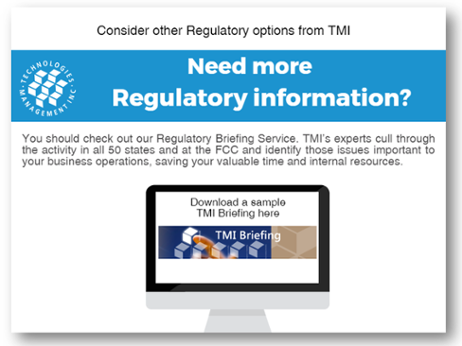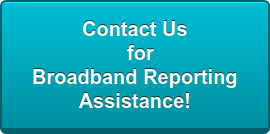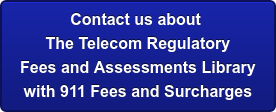 Today: FCC TRS Reminder, NTIA proceeding on Botnets and other automated distributed threats, California reminds consumers of 916 Area Code procedures, Maine proposes changes to E9-1-1 rules
Today: FCC TRS Reminder, NTIA proceeding on Botnets and other automated distributed threats, California reminds consumers of 916 Area Code procedures, Maine proposes changes to E9-1-1 rules
FCC TRS Reminder
The FCC issued a reminder to states and providers of interstate telecommunications relay services (TRS) that they must submit their annual consumer complaint log summaries covering the 12-month period from June 1, 2016 through May 31, 2017, on or before Monday, July 3, 2017. It also reminded certified state TRS programs, interstate TRS providers, and TRS providers that have state contracts that they must submit to the FCC the name of a contact person or office, or both, for the receipt of inquiries and complaints from consumers about the certified state TRS program’s intrastate service or, as appropriate, about the TRS provider’s service. The FCC also must be notified each time there is a change in this information, or if there is a substantive change in a TRS program.
NTIA Proceeding On Botnets and Other Automated Distributed Threats
The National Telecommunications and Information Administration (NTIA), on behalf of the Department of Commerce, is requesting comment on actions that can be taken to address automated and distributed threats to the digital ecosystem as part of the activity directed by the President in Executive Order 13800, “Strengthening the Cybersecurity of Federal Networks and Critical Infrastructure.” NTIA seeks broad input from all interested stakeholders on current, emerging, and potential approaches for dealing with automated distributed attacks, such as botnets, and what role, if any, the U.S. Government should play in this area. It seeks comment specifically on two broad approaches, attack mitigation, and endpoint prevention. Comments are due 30 days after Federal Register Publication.
California Reminds Consumers of 916 Area Code Procedures
The PUC issued a press release reminding residential and business customers served by the 916 NPA to prepare for the introduction of the new 279 area code overlay. TMI Briefing Service subscribers see Briefing dated 2/17/17. Consumers may begin using the 10-digit dialing plan on August 12, 2017. The 10-digit dialing procedure will become mandatory on February 10, 2018. Consumers will still be able to dial three digits to reach 911, 211, 311, 411, 511, 611, 711, and 811. The 916 area code serves the greater Sacramento area, which includes parts of El Dorado, Placer, Sacramento, Solano, Sutter, and Yolo Counties and the cities of Lincoln, Loomis, Rocklin and Roseville in Placer County; Citrus Heights, Elk Grove, Folsom, Isleton, Rancho Cordova, and Sacramento in Sacramento County; and the City of West Sacramento in Yolo County.
Maine Proposes Changes to E9-1-1 Rules
The PUC proposes non-substantive changes to Chapter 2 of the Emergency Services Communication Bureau's Rules pertaining to requirements for LECs regarding Enhanced 9-1-1 and the Enhanced 9-1-1 System Service Provider. The PUC notes that the transition away from the aging E9-1-1 system to NG911 has enabled the State to utilize a modern standards-based system capable of handling new communication technologies and to replace outdated analog technologies with modern, digital IP technology. Therefore, the PUC proposes amending Chapter 2 in order to remove those requirements that are no longer appropriate for the current system design. If adopted, the amended Chapter 2 would apply almost exclusively to LECs, with only minor references to the Service Provider.
The PUC has not scheduled a public hearing in this matter. However, if five people make a request no later than June 21, 2017, it will schedule a public hearing. If no public hearing is held in this matter, written comments on the proposed rule will be due no later than July 10, 2017. [Notice of Rulemaking, Docket No. 2017-00087]
______________________________________________________________________
The Regulatory Mix, TMI’s daily blog of telecom related regulatory activities, is a snapshot of PUC, FCC, legislative, and occasionally court issues that our regulatory monitoring team uncovers each day. Depending on their significance, some items may be the subject of a TMI Briefing.





